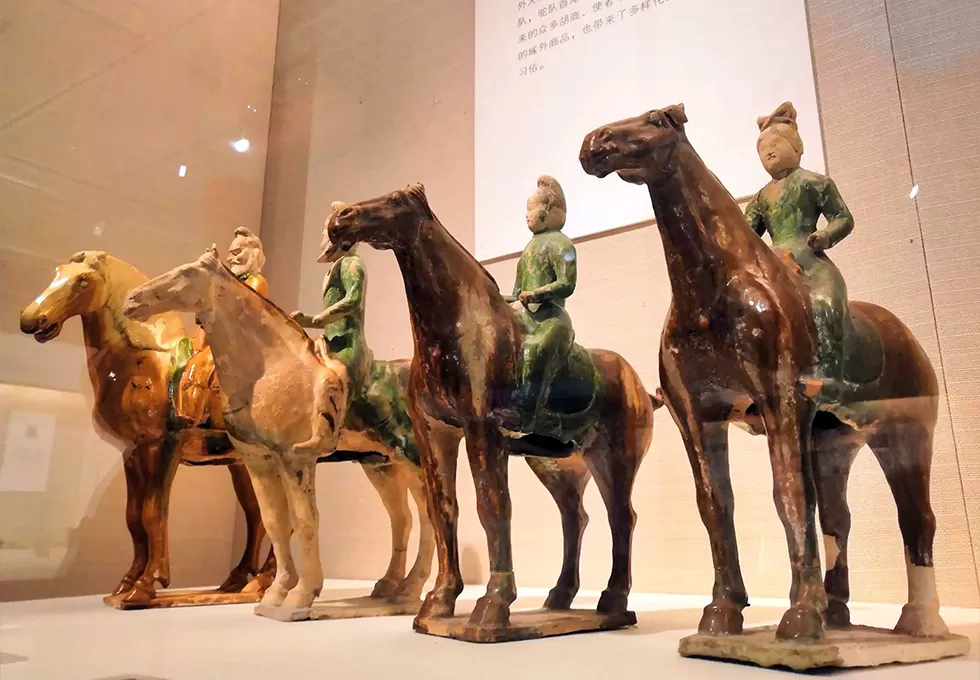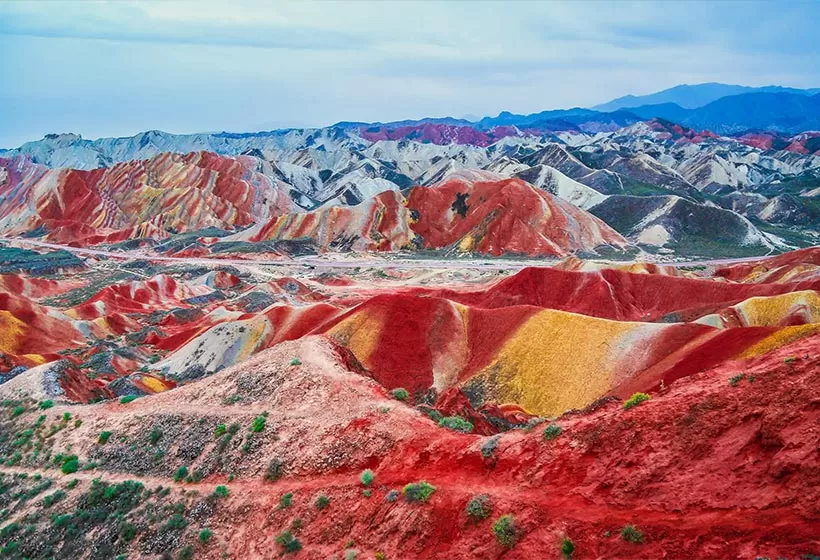Gansu travel guide: attractions, weather, food, hotels, culture, itinerary, etc.
Gansu Province is located in the northwest of China and covers an area of 454,000 square kilometers. It has a population of approximately 26 million people. The province has a diverse landscape, including deserts, grasslands, mountains, and plateaus. Gansu is home to many ethnic minority groups, including the Hui, Tibetan, Dongxiang, and Mongolian people.
Adjacent areas to Gansu include Xinjiang to the northwest, Inner Mongolia to the north, Ningxia to the northeast, Shaanxi(Xi'an) to the east, Sichuan(Chengdu) to the south, and Qinghai to the west.
Culture and history, the charm of the Historic Province
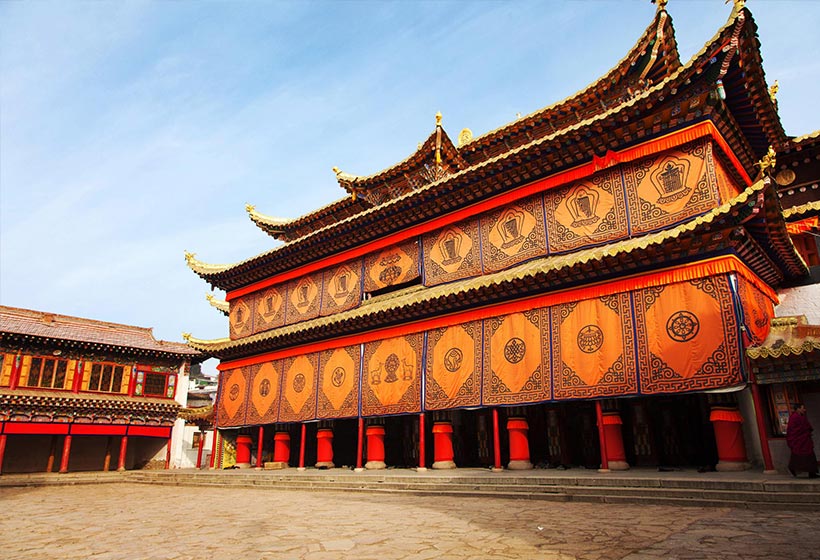 Gansu Labrang Monastery
Gansu Labrang MonasteryGansu Province has a long and rich history, dating back to the early Paleolithic era. During the Western Zhou period, the ancestors of the Qin people settled and began their development in Gansu. In the Western Han dynasty, Zhang Qian made two diplomatic missions to the Western Regions, opening up the ancient Silk Road from Gansu.
Gansu is known for its rich cultural heritage, being hailed as "the birthplace of Huaxia civilization, a museum of natural wonders, a grand garden of ethnic customs, and a destination for quality tourism". It serves as a convergence point for agricultural civilization and nomadic culture, Central Plains culture and Western culture, as well as Chinese civilization and world civilization.
Top attractions, what to see
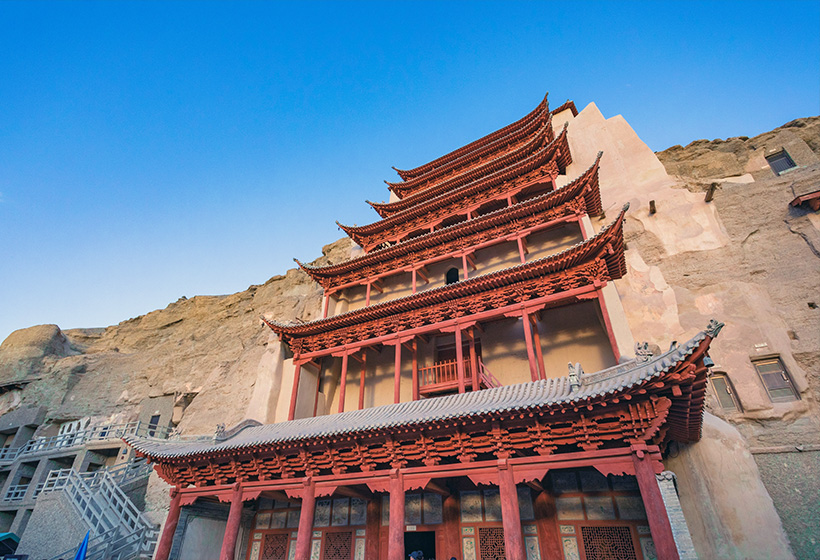 Dunhuang Mogao Caves
Dunhuang Mogao CavesGansu, this ancient land, carries millennia of history and culture, with each site seemingly telling a legendary tale. The Mogao Caves in Dunhuang, as the foremost of China's four major cave complexes, are treasures of Chinese mural art. Zhangye Colorful Danxia represents the Danxia landform in Chian, with stunning peaks that create a dreamlike scene under the sunlight. Jiayu Pass, as the western terminus of the Great Wall, holds significant historical depth, while the Mingsha Mountain and Crescent Spring are jewels of the desert, celebrated as one of the most unique landscapes in the region.
Delicious food, what to eat
 Lanzhou Beef Noodles
Lanzhou Beef NoodlesAs a golden segment of the Silk Road, Gansu's unique geography and natural resources have given rise to a wealth of culinary delights. Dishes like Lanzhou beef noodles, Longnan cured meat, Tianshui guagua, and Jiayuguan barbecue carry the local history and cultural essence, joyfully delivering the "Gansu flavor" to every diner through a delightful taste experience.
Top things, what to do
 Ride Camels in Dunhuang
Ride Camels in DunhuangGansu, known as the "Heart of Western China", boasts a wealth of natural landscapes and cultural history. From the majestic Qilian Mountains to the stunning Gobi Desert, and from ancient relics to modern urban scenery, the travel experiences in Gansu are incredibly diverse and rich.
Best hotels, where to stay
As a province rich in historical and cultural heritage, Gansu boasts well-developed tourism facilities, with various cities offering luxury and comfortable hotels and guesthouses. Notable examples include Hyatt Regency and Hilton Lanzhou City Center in Lanzhou, Runhu Holiday Hotel in Zhangye, Grand Soluxe Hotel in Dunhuang, and Wozha Guesthouse in Gannan, all providing a relaxing and experience for travelers from around the world.
Activities, what to experience in Gansu
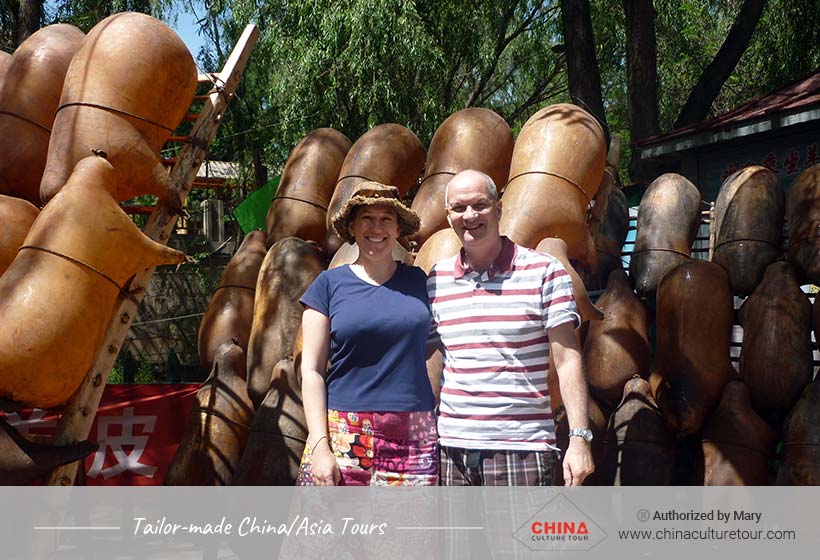 Lanzhou Sheepskin Raft
Lanzhou Sheepskin RaftGansu, a magical land, without unbearable altitude, without inaccessible places and without much attention from the travellers. Yet, its entrancingly rich cultures and diverse geographical landscapes are unimaginable. You can paint murals and sand art in Dunhuang, make local beef noodles in Lanzhou, or experience the unique Tibetan culture in Gannan. Gansu's rich cultural activities experience is dizzying.
Weather, the best time to visit Gansu
The best time to visit Gansu is spring and autumn. In spring, Gansu comes alive with the revival of nature, as lush greenery begins to spread across the land. While not the busiest season for tourism, it is in a peaceful atmosphere filled with charm of nature. Autumn in Gansu, with golden poplar trees and mountains blanketed with maple leaves, forms one and another breathtaking picture.
Itinerary, how to travel in Gansu
Day 1: Depart from Lanzhou and arrive in Wuwei, where you can visit the Leitai Han Tomb, where the "Galloping Horse Treading on a Flying Swallow", the symbol of Chinese tourism, was unearthed. Continue westward to Jinchang, where the Sea of Lavender has transformed the city into a floral garden.
Day 2: Continue west to Zhangye, home to the largest horse farm in Asia, Shandan Horse Farm, and the Grand Buddha Temple from the Western Xia dynasty. As the sun sets, admire the vibrant colors of the Colorful Mountains.
Day 3: Head to Jiuquan, where you must visit the ruins of Suoyang City. To the west lies Jiayuguan City, where the imposing "First and Greatest Pass Under Heaven," Jiayu Pass, still stands in its glory.
Day 4: Cross the vast Gobi Desert to Dunhuang. The Mogao Caves, Dunhuang's world-renowned landmark, await. Crescent Spring nestles at the foot of the Minsha Mountain, while the Yumen and Yang passes stand as sentinels in the desert, silently watching over the region.
Customize Your Unique Gansu Silk Road Trip

If you are interested in one of the Gansu itineraries mentioned above, please contact us, and we will be happy to customize it and provide a quote tailored to your preferences.
Alternatively, if you would like to customize your Gansu Tour, please visit our Gansu Tour Customized Center. We assure you that you will receive a reply within 24 working hours.
Informative Articles for Your Gansu Trip
 the Silk Road
the Silk Road- Travel Guide: attractions, weather, hotels, food, etc.
- Top destinations: best places to visit in Gansu
- Travel itineraries: itineraries for your reference
- Local culture: brief history, folk culture, festivals, etc.
- Weather: the best time and seasons to visit Gansu
- Top attractions: sightseeings to watch in Gansu
- Cultural immersions: activities to spotlight your trip
- Unique perspective: best interesting things to do
- Local food: what to eat while traveling in Gansu
- Luxury hotels: best accommodation to stay in Gansu
- Dunhuang Tours: customized Gansu tours for your reference
GREAT FAMILY CHINA TOUR
JULY 2024 We wanted to thank Grace at China Culture tour for organizing a great tour of China. We enjoyed our Beijing - Xian-Chengdu -Guilin -Yangshuo - Shanghai trip. Our local guides Bruce in Beijing, Susan in Xian, Jane in Chengdu, Mike in Guilin and Mary in Shanghai took care of us…read more details »
Teng Han L from SINGAPORE
Ready to Create a Unique Dream Travel?
